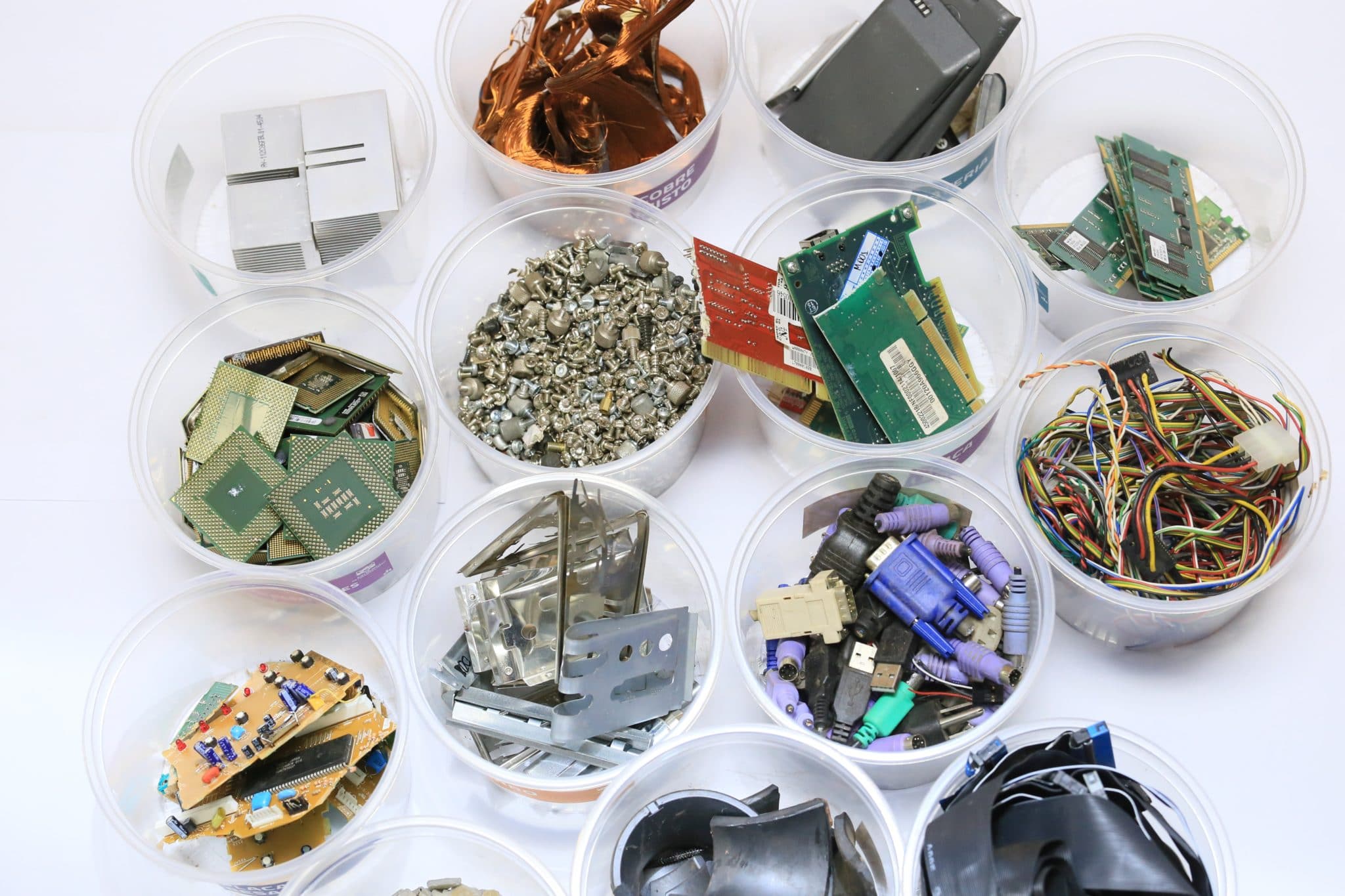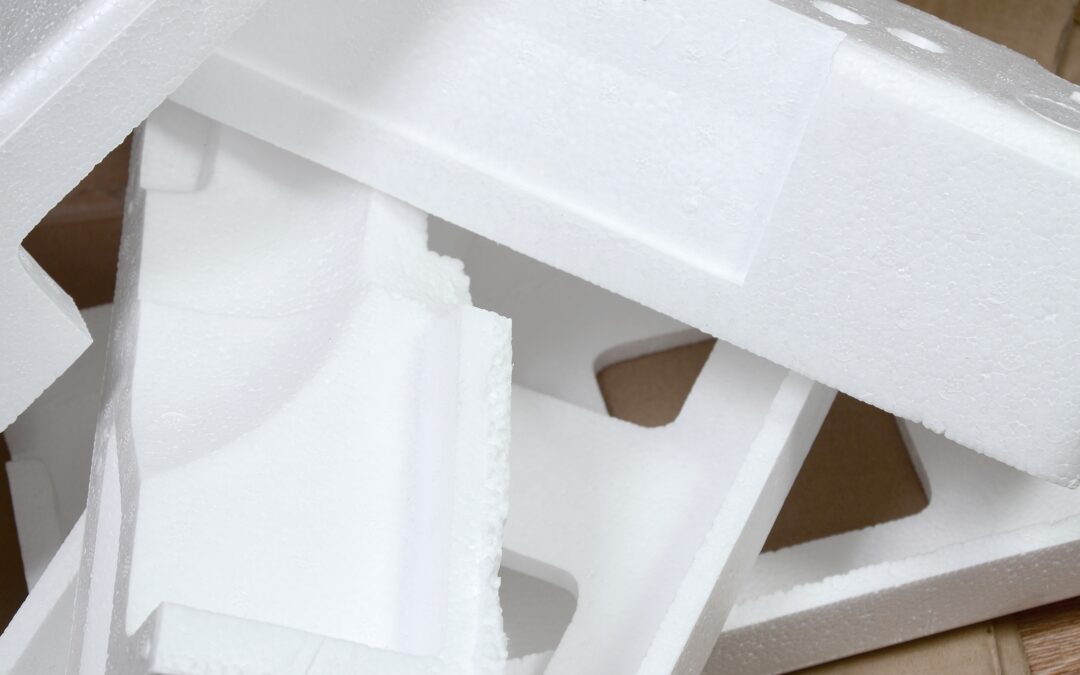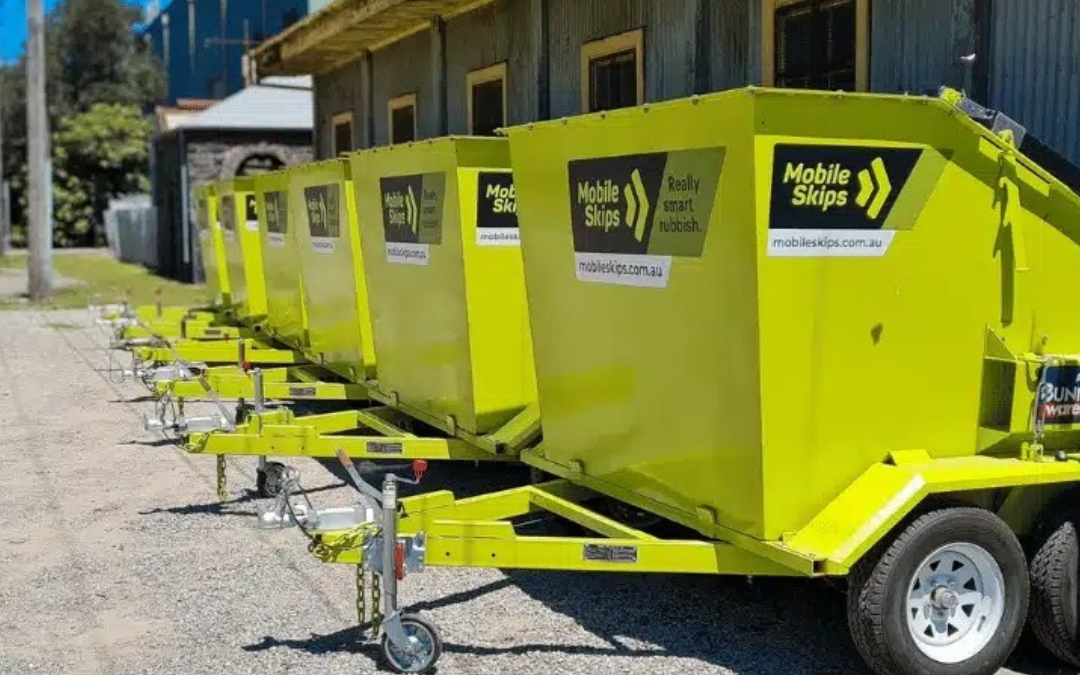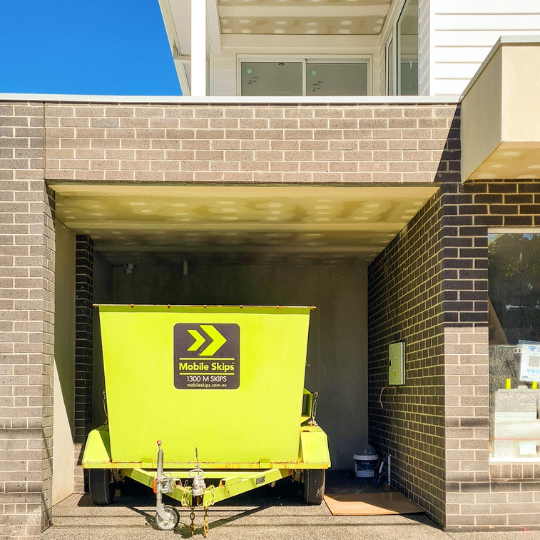Newer and better electronic devices are getting introduced to the market, and people are using more electronic products than ever before. New smartphones get launched every month, which is a good thing as they offer a lot of added features, and the same is the case with laptops and other devices too. This means people get to enjoy the latest technology, but it also means that older models of these devices get discarded from time to time.
If your smartphone gets damaged, you can either get it repaired or replaced. Getting it repaired is a good idea, but if the model is too old, you may consider buying a new one. When you buy a new smartphone, the damaged one won’t be of any use to you, and it will be considered waste. Since it’s an electronic device, it will fall into the category of e-waste or electronic waste.
Unfortunately, over 50 million metric tons of e-waste was generated worldwide in 2019, which is a big number. In Australia, around 470,000 tonnes of e-waste was generated domestically in 2016-17 according to sources.
Table of Contents
As the population grows, this number will get bigger, which means we need to take some steps to protect the environment. Fortunately, there is a way to deal with this issue, and the best option available for us is to recycle e-waste. In this article, we are going to discuss what e-waste recycling is, how it is done, and what its benefits are.
E-Waste Management
What is e-waste recycling?
The reprocessing and re-use of electronic wastes are known as e-waste recycling. In simple words, useful material is recovered from e-waste, and it is used again in some way to prevent the environment. Some parts can easily be repaired and used again; however, the most part needs to be reprocessed to be used in the production of new products.
We all know e-waste is harmful to the environment, which is why we put in efforts to recycle it. But what are the effects of e-waste on the environment? In the next section of this article, we will discuss how e-waste affects the environment.
Effects of e-waste on the environment
1. Most electronic devices contain toxic materials
A lot of electronic devices that we commonly use contain toxic materials that are harmful to the environment. Lead, zinc, nickel, and chromium are the most common ones on the list. If lead is released into the environment, it can damage the human body in several ways, as it can damage kidneys and many other parts.
2. It pollutes land and water
If we throw electronic waste in landfills, the toxic materials present in the waste will pollute both land and groundwater. Things can become even worse if these chemicals pass to other water bodies with rainwater. Both land and sea animals will suffer if something like this happens, and the consequences won’t be good.
3. It pollutes the air when burned
This is one of the biggest problems with e-waste as it pollutes the air, which affects the atmosphere in a bad way. The air we breathe should be clean and free of harmful gasses; however, when we burn or heat up e-waste, it releases harmful toxic chemicals to the air, which aren’t healthy for us. Breathing in such chemicals can lead to several health issues, and this is something we need to avoid at any cost.
Well, these are the most common effects of e-waste on the environment. The amount of e-waste produced every year is increasing with time, which is a serious issue. Fortunately, we can minimise the problems with the help of recycling methods as we discussed above. In the next section of this article, we are going to talk about the components of e-waste that can be recycled.
Components of electronic devices that can be recycled
1. Plastic
The plastic materials present in e-waste can be used in several ways, which is why they are often sent for recycling. They can be recycled to be used in the production of products like plastic trays, insulators, and many other useful things.
2. Metal
Separating metal from e-waste is an easy job, and the recovered metal can be used in manufacturing new steel products. Metal pieces are commonly found in electronic devices, which is why it becomes important to recover as much as possible.
3. Glass
Glass can be extracted from most electronic products; however, it’s not as simple as it sounds. CRTs from computer monitors and television sets contain harmful substances, and lead is a common name on this list too. With the right techniques, companies manage to make them come to use without letting these substances cause any problem.
4. Batteries
In a world full of smartphone users, it’s very important to get old batteries recycled. Cadmium, nickel, cobalt, and steel can be recovered from scrap batteries to be used in new ones. By recycling batteries, we can save resources, and we can protect the environment as well.
There are many other components like hard disks and circuit boards that can be recycled. Now that you know the effects of e-waste on the environment, you may be wondering about how it’s done. Let’s have a look at the steps involved in the recycling of e-waste.
Steps involved in e-waste recycling
1. Collecting the waste and transporting
Firstly, e-waste is collected from bins, as it needs to be put together in one place for further steps. After collected the waste, it’s transported to a recycling facility or plant where further steps take place.
2. Shredding and sorting
It’s very important to sort e-waste to get things done effectively. For proper sorting, it’s important to break e-waste into smaller pieces, as these materials get categories into core materials and components. In most cases, e-waste is manually sorted.
3. Dust extraction
E-waste pieces get broken down into even smaller pieces, and it becomes important to extract dust particles. Dust gets extracted to prevent environmental degradation, as letting it free in the atmosphere will be harmful.
4. Magnetic separation
In this step, steel and iron are separated from other wastes, and the process involves the use of a magnet. A strong overhead magnet is used to do the job efficiently, as small pieces are hard to separate manually.
5. Water separation
After magnetic separation, the remaining waste goes through this step to separate glass from plastic. Water separation is an effective method of separating these two, which is why it’s commonly used.
6. Extraction of leftovers
In this step, leftovers are separated from the waste stream to purify it. Generally, leftover metal is separated from plastic in this step to avoid complications while using the waste as raw material.
7. Getting the materials for sale
The recycled material is then prepared for sale in the last step. These recycled materials can be used as raw materials in the production of new electronic devices, which is why companies buy them.
So, these are the steps involved in e-waste recycling. The process looks complicated, but due to the advancement in technology, things have become easier than ever. It requires effort, but it offers many benefits, and some of them are listed in the next section.
Benefits of e-waste recycling
1. It helps conserve natural resources
We all know that raw material is needed in the production of electronic devices. Natural resources are getting depleted, which isn’t good at all. When we use recycled products, these resources get saved as we are using raw materials from old and unusable products. On the other hand, if we don’t extract useful raw material from old products, we may face a shortage of resources in the future.
2. It prevents environmental degradation
There are many causes of environmental degradation, and unplanned e-waste disposal is one of them. When we recycle e-waste, we thank the environment by saving it from the harmful substances the waste contains. As discussed above in this article, e-waste contains substances that can promote land and water pollution in several ways. It also promotes air pollution when burned, and we can reduce it by recycling e-waste.
We can also prevent e-waste from getting dumped into landfills by recycling it. We can prevent the local environment by doing it, which has become very important these days. Lastly, it saves room for dumping waste materials that aren’t harmful to the environment.
3. It creates jobs
If you have read this article carefully until now, you will be aware of the steps involved in the recycling of e-waste. Well, we need human support at each step, which means it creates job opportunities for a lot of people.
The production of waste isn’t going to stop, which means people working in the industry will never run out of work. They will earn money to support their families, and they will play their roles in preventing the environment at the same time. Moreover, workers don’t have to be highly qualified to do this job, which will help a lot of unemployed people find work.
So, these are the benefits of e-waste recycling. There is a way to get e-waste into use again, but this doesn’t mean we should keep producing waste without worrying about the environment. Here are some tips you should follow to play your role to prevent environmental degradation.
Tips you should follow
1. Buy less
The first step that you will need to take to reduce e-waste production is to buy less. However, this doesn’t mean you should stop using your smartphone or laptop, as they are an important part of our lives. You should avoid buying the gadgets that you are going to use for a small period of time and throw away. You will end up saving money as well.
2. Give away the devices you don’t need
We often end up having an old device in our cabinet that doesn’t work anymore. If you ever find such a device in your home, you should either get it repaired and start using it or consider giving it away to someone in need. The other person will get it repaired, and the product won’t be thrown away.
3. Learn about e-waste disposal methods
You can always take a broken device back to the store and ask for possible methods of getting it to use. If you don’t want to take it to the store, you should learn about the possible recycling methods. Also, if you have a device at your home but don’t use it anymore, you can consider selling it.
These small changes to our lifestyle can make a huge difference in the long run. Thinking ahead is important as we can’t keep degrading the environment for our selfish reasons.
Frequently Asked Questions
What is the main problem with e-waste?
The biggest problem with e-waste is that we can never get completely rid of it. We are surrounded by electronic devices, and each device will stop working at some point. However, we can deal with this problem by following the tips shared in this article and recycling the e-waste produced.
Why is there so much e-waste now?
The production of e-waste is increasing with time. The growing population is a big reason for that, and the frequent introduction of new and improved devices is also responsible for it. Apple launches new devices every year, and fans buy them even if their current devices work fine. The same is the case with other brands as well, but this is something we can’t stop. However, we can minimize the risks by using safe e-waste disposal methods.
What is the best solution for the treatment of electronic waste?
The most effective way to manage electronic waste is to recycle the components that can be re-used. E-waste should be given to a certified e-waste recycler to get things done effectively.
Conclusion
We hope you understood the importance of e-waste management. If you have read this article carefully, you will know how to protect the environment from the harmful effects of e-waste (you can also find some of our articles here). We often take things lightly, but it can prove dangerous in the long run. When it comes to protecting the environment, we should do everything in our hands to make this world a better place to live.






